World Fine Art Professionals and their Key-Pieces, 420 - Araun Gordijn
World Fine Art Professionals and their Key-Pieces, 420 – Araun Gordijn
On the wall of Araun Gordijn’s beautiful spacious house, just outside the center of Gouda, I see one of his famous car paintings, in large format, but also a landscape painting. Araun Gordijn is nationally and internationally known for his paintings of American cars, landscapes and architecture, in which he manages to evoke the atmosphere of the 1950s.
Araun Gordijn grew up in the 1950s in the Bilderdijkstraat in Amsterdam. The curb in front of the door full of parked cars, including impressive American ones. He walked by with his friends to look at them, even when they drove by. “Most people didn’t have a car. You could still park your car very well in the Bilderdijkstraat. My generation has experienced the emergence of the phenomenon of a car for everyone.” His father started with a Ford Prefect and later switched to a Volkswagen Beetle.
Father Gordijn
Father worked in electrical engineering. He took over the company in 1955 from his father, Araun’s grandfather. His grandfather bought the house on the Bloemgracht with the name ‘House in the Moon’ (Huis in de Maan’) on the facade, originally dating from the 17th century. In 1913 he had it converted into a family home with commercial space on the ground floor for electrical installations, an emerging branch of activity in those years. The floors above were accessible by means of a staircase with an outside portal, decorated with Jugendstil tiles. His grandfather lived on the first floor; it was also the place where his father was born. Three never-married aunts lived on the second floor. On the third an uncle with wife and child.
His father was an example for Araun, among other things in how entrepreneurship works. He shows me a picture of him with a cap on and a harmonica in his hands. “We were Reformed, but already fairly liberal.” In the 1970s, the company experienced a dip, but emerged from it thanks to demand from the industry.
After World War II, the children came. Araun in 1947, his brother in 1950. Drawing was an important activity from an early age. As a ten-year-old boy, he drew while sitting on a folding chair in the busy streets of the center of Amsterdam. Traveling was also an early part of it. As a six-year-old, he traveled across the IJ to Amsterdam Noord by step, (a means of transport on two wheels, used by children, which are propelled by pushing off with the foot), quite a distance for that age.
To the Rietveld Academy
When he was in the third year of primary school, the family moved to Amstelveen. With a few (drawing) friends he went to Amsterdam to draw. There he learned to bring the three-dimensional reality into the second dimension on the flat surface. In high school he was always drawing and painting. It was clear: Araun wanted to continue in art. With his parents he visited some artists in their studio. Was an artist’s existence viable? Finally his father said: “You can study at the Rietveld Academy, if you also learn a trade there.” Araun was happy and opted for the ‘Bound graphics’ department. That turned out to be another word for advertising. “It was soon obvious that this did not suit me. Then I switched to the Sculpture department, which was the only department where you could work freely.”
To earn some extra money, he and a fellow student worked as a fire watch in the deepest spaces of international cargo ships and as a night porter in the building of the Social Fund Nijverheid, located next to the Rembrandt House in Amsterdam. “We walked around at night with floodlights. A little sinister. There were safes with money in the building.”
Bergambacht
Once he graduated (1969), he left in 1970 with his girlfriend Joosje, who obtained her MO-certificate Drawing at the Rietveld a year later, to a house in Bergambacht, a place near the river Lek in the province South Holland. In the back of the garden he built a shack to make his spatial objects. “We lived there for 15 years. I always continued to draw there, but I came out with the spatial objects.” During this time he also taught at the Werkschuit in Amsterdam and a little later at the Werkschuit in Gouda. In addition, also guest lectures at the Rietveld Academy.
After 15 years, the relationship with Joosje ended and the first turning point arose. He went to live with Olga, and thus came into a family with a 13 and 15 year old daughter. Instead of objects, he started making large, abstract paintings, with neon scenes and dripping paint in sculptural frames. He won the Art Prize of Gouda for Painting and was laureate three times for the European Prize for Painting in Ostend / Belgium. A while later he made neoclassical temples, made of wood. In Italy, the Carrara stonemasons made a marble version of it. I see an example of it on the shelf. In the end, the relationship with Olga did not last. One of Olga’s comments, however, would prove to be prophetic: “You’re always so into cars, why don’t you do that more? Go exploit it.”
To America
Then came the second turning point. Various trips through the United States were his source of inspiration. Uncles and aunts from faraway America came to visit every now and then and gave a colorful report on the luxury and industrial activity that still had to come in the Netherlands. Very gradually television made its appearance and for the first time showed images with all those wonderful stories.
In the 1970s he traveled for the first time through the country that fascinated him, made possible with a travel grant from the then Ministry of Culture (CRM). He made the journey on a Greyhound bus from the east coast to the west coast and back. Traveling with such a shuttle bus had its limitations. In Los Angeles there was a public transport strike, and despite his tight budget, he rented a car. “That’s what I did anyway. It gave me the chance to drive around the city almost continuously for five days, from first daylight to sunset. I saw more in these five days than the other five weeks in the Greyhound. Two years later I drove my own rental car in America. The continent unfolded via the Blue Highways, the so-called back roads, where a wealth of car-related architecture from decades could still be found.”
The ideal society
He went to America many times after that. America turned out to be very hospitable. He went from one place to another, and also visited car junkyards, because he himself drove around in American cars at the time. He regularly stayed with family or acquaintances. He immersed himself in American literature. “Not only me, but many of my generation, who grew up in the fifties, had a thing for America. In our eyes, it represented the ideal society. Everything seemed better there. At a young age I heard Hiltermann talk about America on the radio on Sundays. The family that came over talked about a freezer in the fridge, while we still made do with a cellar. America sent a capsule into space and eventually men landed on the moon. Oddly enough, visiting Americans thought Europe was better in some ways. In America, for example, many people lived on credit. And if you now look at the infrastructure and the public domain (including healthcare), they were somewhat right.”
Based on the photos he took in America, he chose the most beautiful negatives from the contact sheets, which ended up in his new series of paintings. Very realistic, with focus on roads, cars, and gas stations. Initially there were still people to see in the performance, but that gradually became less. “The best thing is that when you look at such a painting, you suspect that someone has just run away.”
Books and exhibitions
It gripped people’s attention. And Araun gave it a push by participating in interviews in magazines such as Viva, Vrij Nederland, Haagse Post and various car magazines. And by working with Jos Smit of Art Unlimited, who who distributed art on postcards and also published one artist’s book every year. “We agreed that he would make a book about my America works, 2000 copies, of which we would each take half in terms of sales. I quickly sold 800 of my 1000 copies, to relations and petrol companies, Texaco alone purchased 400.” After that first book, other books followed, with government guarantee, but then self-published. His work has been exhibited in many places, including Manhattan, New York, in a chic gallery. There he sold his painting of a Harley-Davidson, built in 1950. He declined the request to paint more Harleys, so as not to repeat himself.
He was diagnosed with Parkinson’s disease in 2015. The Parkinson’s manifests itself in him not so much in tremor, but in rigidity, stiffness. Because it is no longer possible to paint precise straight lines, he has found an adapted painting method, with which he now mainly makes landscapes. I see an example hanging in the garage box. The result is impressive.
What is his experience of art life?
“It is a hard profession, especially the stress you can experience. It’s a profession you can’t really learn. You are an artist or you are not. I was involved in conducting entrance exams at the Rietveld Academy. Many people want to go to art school. But for some young people it is not the right choice. Especially people who are too sensitive or people who are not so psychologically balanced.
Art academies were too far removed from society in my time. No thought was given to how an artist could reach people interested in his/her work. Thinking about target groups was not an issue at the free academies.
I was also a member of the artists’ association Arti et Amicitiae, and when I moved to Gouda I became a member of Pulchri in The Hague.”
Finally, what is his philosophy?
“As I said: being an artist is not a profession, not even a technique, but rather a kind of philosophy. I was very lucky that my parents, who thought quite conservatively, decided: ‘Let him go to the Rietveld.’”
Images
1) Hudson coupe 1950 in Barstow California. / Oil paint 80×100 cm, 2) Citroën DS. / Church building in Ronchamp, France / Architect Le Corbusier. / Watercolor 50×70 cm, 3) Fiat Topolino in Salt Lake Desert, Nevada / Watercolor 33×33 cm, 4) Pontiac Backyard / Watercolor 50×70 cm, 5) Chevrolet wagon 1959 and VW Carman Gia in Venice L.A. / Watercolor 50×70 cm, 6) Hudson 1950 in 7 am morning light. / Watercolor 25×35 cm, 7) Portrait photo Araun Gordijn, 8) Salton Sea Trailer Park, California. Cadillac coupe 1950 with Marylin Monro lookalike. / watercolor 50×70 cm, 9) Texas Town. / Oil paint 70×100 cm, 10) Transport Chrysler Business coupe 1947, L.A. California. / Watercolor 32×42 cm.
https://www.araungordijn.nl/https://ifthenisnow.eu/nl/verhalen/araun-gordijns-verbeelding-van-het-amerikaanse-succes-in-het-bijzonder-de-auto
Disclaimer: The views, opinions and positions expressed within this guest article are those of the author Walter van Teeffelen alone and do not represent those of the Marbella Marbella website. The accuracy, completeness and validity of any statements made within this article are not guaranteed. We accept no liability for any errors, omissions or representations. The copyright of this content belongs to Walter van Teeffelen and any liability with regards to infringement of intellectual property rights remains with the author.
Leave a Reply
The opinions expressed by individual commentators and contributors do not necessarily constitute this website's position on the particular topic.

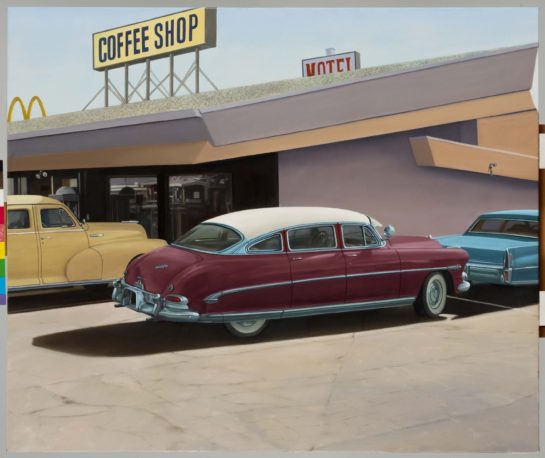
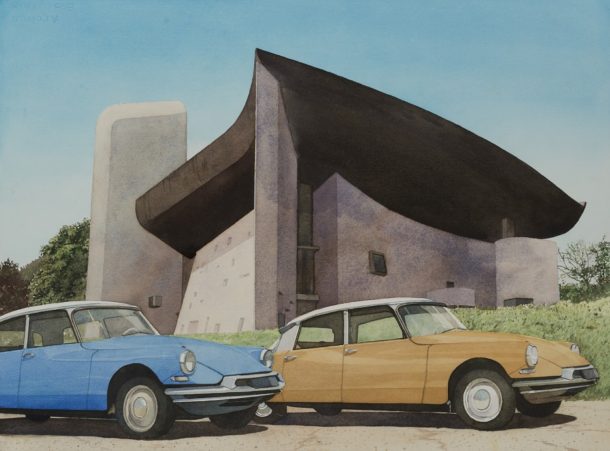
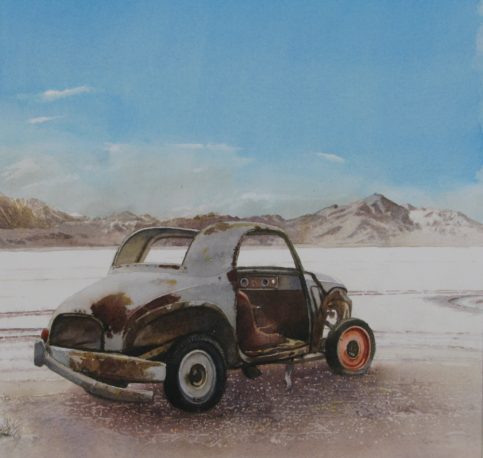
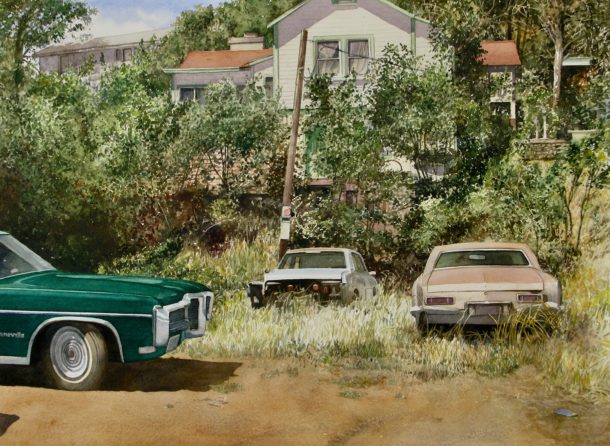
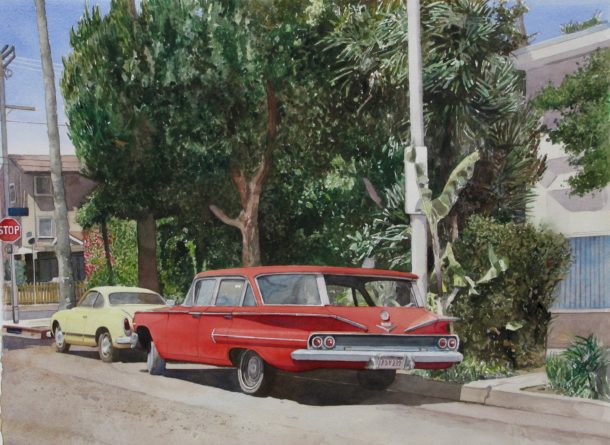
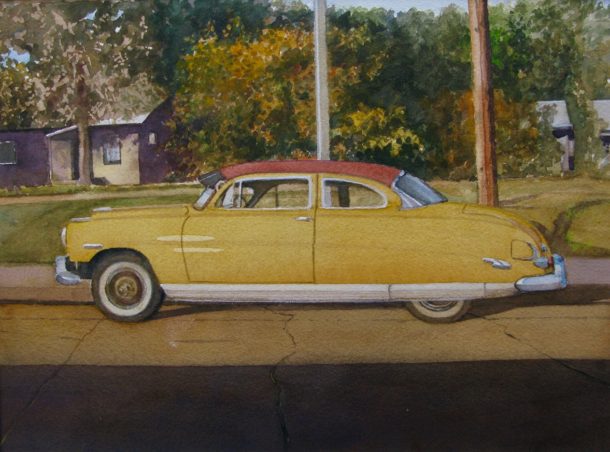
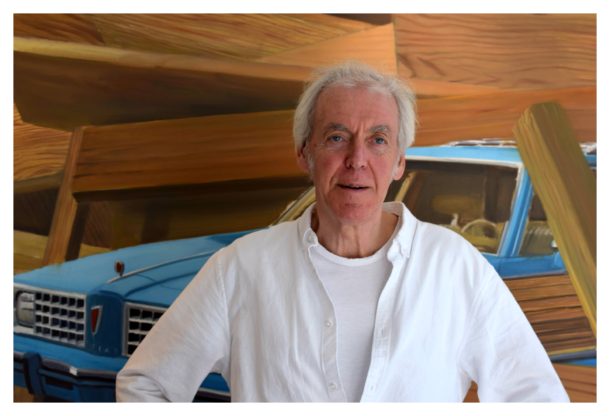
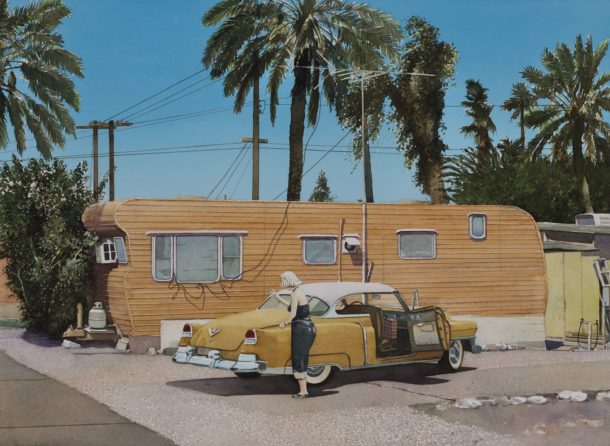
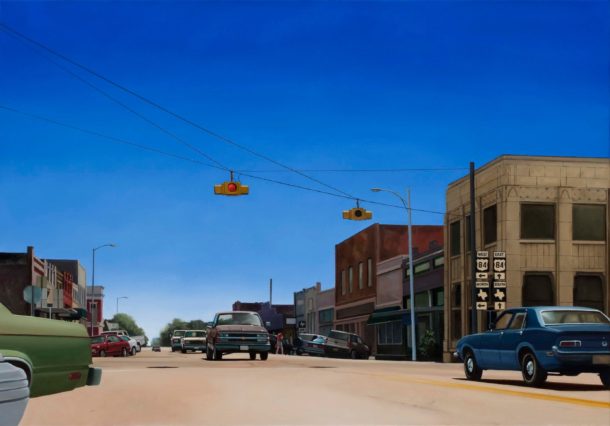
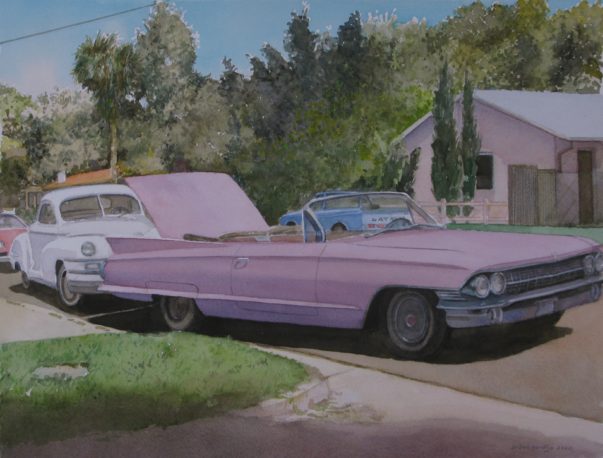














pingback
[…] Araun Gordijn en de “Messerschmitt tweeling” aka “Twee wachtenden voor U” – photo © Pete Purnell Walter van Teeffelen about Araun Gordijn: in het Nederlands in het Engels […]
https://gallerywm.com/WP/cees-smit-nostalgic-service-stations/